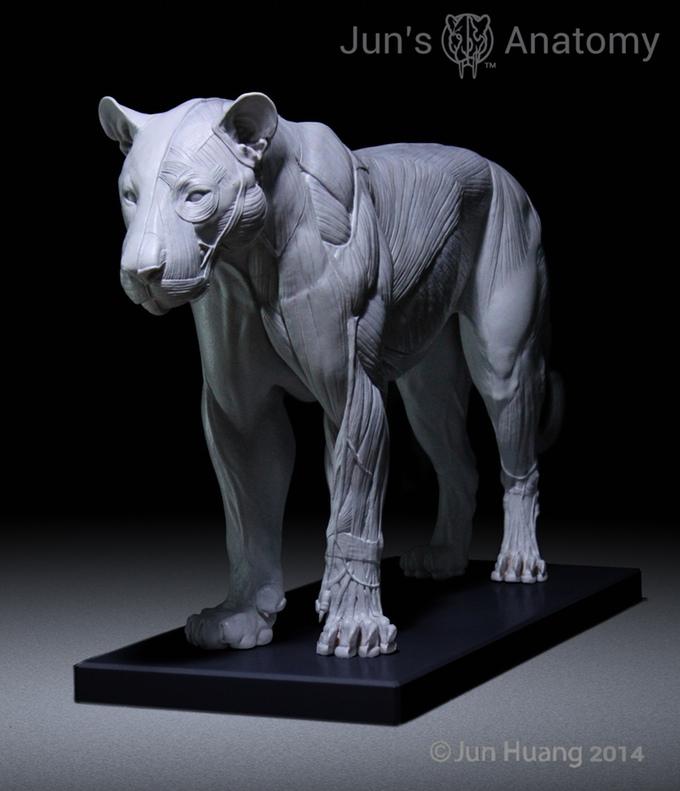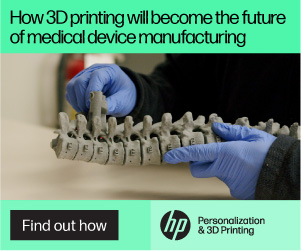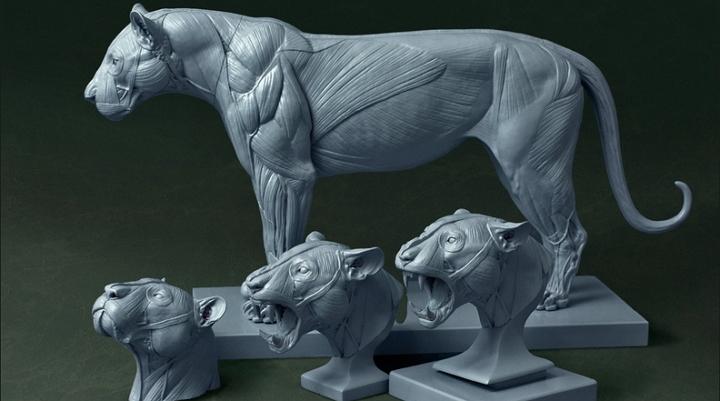 Jun Huang is a fine-arts painter, sculptor, model maker and 3D modeler who works in the fields of games, movies and television. His past projects have included permanent displays for the Royal Saskatchewan Museum; video games such as FIFA: Road to World Cup, The Bigs: Baseball MVP, and the Dead Rising series. Huang has been a teacher and mentor for 3D animation schools for the past seven years, but it’s his art products that have captured the public imagination most recently.
Jun Huang is a fine-arts painter, sculptor, model maker and 3D modeler who works in the fields of games, movies and television. His past projects have included permanent displays for the Royal Saskatchewan Museum; video games such as FIFA: Road to World Cup, The Bigs: Baseball MVP, and the Dead Rising series. Huang has been a teacher and mentor for 3D animation schools for the past seven years, but it’s his art products that have captured the public imagination most recently.
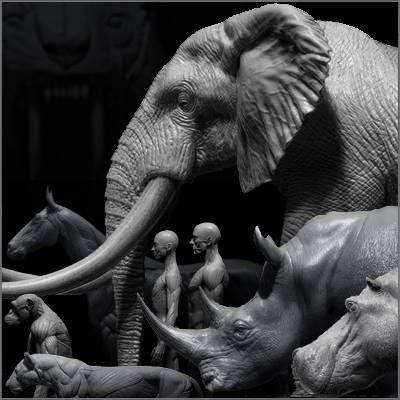 Huang’s Kickstarter campaign, aimed at making anatomical models of wild cats, blew up into a magnificent success as backers reached and surpassed the original $4,350 CAD funding target within 24 hours of its launch. Upon its conclusion after the month-long campaign today, July 23rd, funding had reached an impressive $28,107 CAD (about $21,562 USD)–that’s an incredible 646% of the original goal.
Huang’s Kickstarter campaign, aimed at making anatomical models of wild cats, blew up into a magnificent success as backers reached and surpassed the original $4,350 CAD funding target within 24 hours of its launch. Upon its conclusion after the month-long campaign today, July 23rd, funding had reached an impressive $28,107 CAD (about $21,562 USD)–that’s an incredible 646% of the original goal.
The resin figurines he makes of big cats such as lions, tigers and cheetahs are the product of much research and reference material. He uses that grounding to sculpt these one-sixth scale cats, and they are amazing.
“I think with my project, 90 per cent is research and only about 10 per cent is working on the models,” Huang told the CBC.
The artist says his interest in painting and sculpting animals began as he was a young man. Much of his technique and inspiration came from the work of his father, Zhong-Ru Huang, and an uncle, Zhong-Yang Huang, both of whom are painters. The pair taught him the foundations of drawing, and perhaps more importantly, the elements that make those drawings something more than just exercises.
“They instructed me on how I should go about capturing the proportions and the spirit of the animal,” Huang says.
The big cat figurines are constructed as the artist first sculpts an animal’s skeleton using 3D software before painstakingly creating the musculature in precise detail.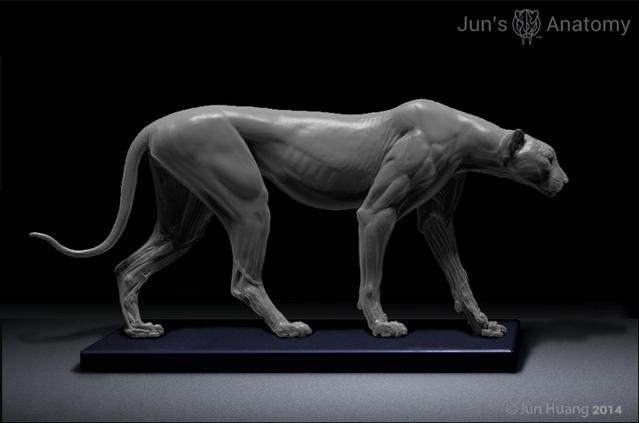
The digital models are then sent to a 3D printing service before Huang tweaks the results and then sends the model on to a manufacturer for casting in resin. He says the 3D printing process he uses to build the molds is typically like that used for dental and jewelry applications.
“I made this line of anatomy models because I felt there is room in the market for more higher quality, and more affordable anatomy models for the artist, professionals, and students alike. As of now, I’m a one man team, doing everything by myself, so voices from my customers or potential customers, comments, and suggestions will be heard,” Huang says. “I welcome suggestions and reference materials to additional products that you (the customer) wants, and hopefully with enough data information I can make these products available.”
Huang describes himself as a fine-arts painter and sculptor at heart, and these anatomy studies are based on his years of experience working at the museum and studying alongside taxidermists. He says that while some of the models were created in traditional clay, his more recent work was done with various digital tools.
Did you support Jun Huang’s ongoing project to create cast resin anatomical models of animals from 3D printed molds? Have you missed out this time around? Let us know in the Anatomical Big Cats forum thread on 3DPB.com.
Subscribe to Our Email Newsletter
Stay up-to-date on all the latest news from the 3D printing industry and receive information and offers from third party vendors.
You May Also Like
3D Printing Unpeeled: New Arkema Material for HP, Saddle and Macro MEMS
A new Arkema material for MJF is said to reduce costs per part by up to 25% and have an 85% reusability ratio. HP 3D HR PA 12 S has been...
3D Printing News Briefs, January 20, 2024: FDM, LPBF, Underwater 3D Printer, Racing, & More
We’re starting off with a process certification in today’s 3D Printing News Briefs, and then moving on to research about solute trapping, laser powder bed fusion, and then moving on...
3D Printing Webinar and Event Roundup: December 3, 2023
We’ve got plenty of events and webinars coming up for you this week! Quickparts is having a Manufacturing Roadshow, America Makes is holding a Member Town Hall, Stratafest makes two...
Formnext 2023 Day Three: Slam Dunk
I’m high—high on trade show. I’ve met numerous new faces and reconnected with old friends, creating an absolutely wonderful atmosphere. The excitement is palpable over several emerging developments. The high...


